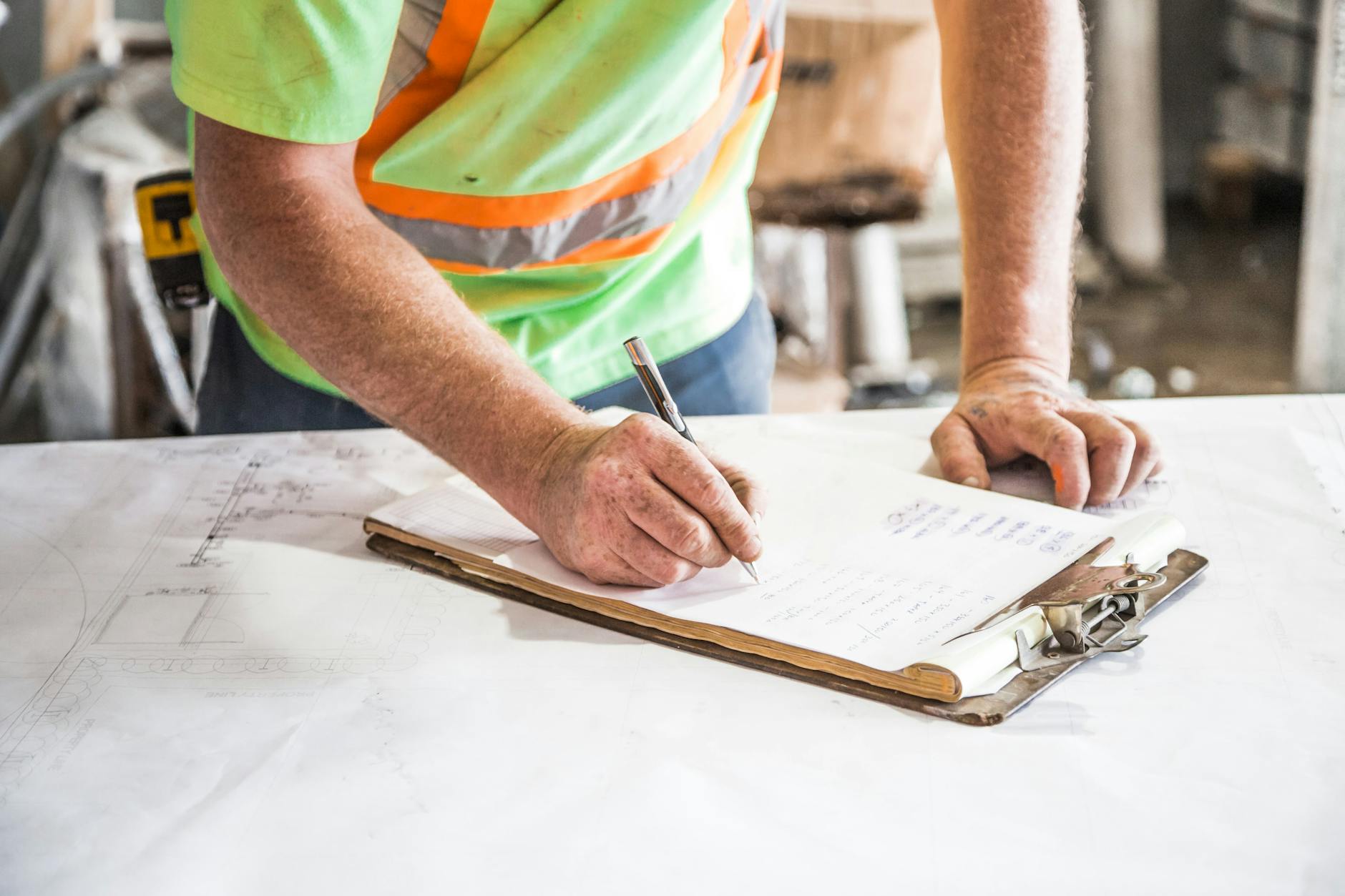
Who Should Perform a Risk Assessment?
Introduction
Risk assessment is a crucial process that helps identify, evaluate, and control hazards in the workplace. Understanding who should conduct a risk assessment ensures that it is done efficiently, accurately, and in compliance with legal requirements.
What Is a Risk Assessment?
A risk assessment is a systematic process that involves identifying potential hazards in a workplace, evaluating the associated risks, and implementing measures to control or eliminate those risks. It is essential for maintaining safety, preventing accidents, and ensuring legal compliance.
Who Should Perform a Risk Assessment?
Employers and Business Owners
Employers have a legal duty to ensure the safety of their employees. They are responsible for implementing risk assessments, especially in small businesses where there might not be a dedicated safety officer.
Health and Safety Officers
These professionals are trained in identifying hazards and implementing safety measures. They ensure that risk assessments meet industry standards and comply with regulations.
Supervisors and Managers
Managers oversee daily operations and play a crucial role in enforcing safety measures. They are often responsible for conducting risk assessments in their respective departments.
Employees and Workers
While employees may not be directly responsible for conducting formal risk assessments, their involvement is vital. They report hazards and contribute to a safer work environment.
External Safety Consultants
Sometimes, businesses hire third-party experts to conduct risk assessments. These consultants bring an unbiased perspective and expertise that can improve workplace safety.
Industry-Specific Risk Assessment Performers
Construction Industry
Site managers, safety officers, and engineers conduct risk assessments to prevent site accidents.
Healthcare Sector
Doctors, nurses, and infection control teams assess risks related to patient care and infection prevention.
Manufacturing Industry
Quality and safety managers ensure that machinery and processes are safe for workers.
Oil and Gas Industry
HSE professionals conduct extensive risk assessments due to the hazardous nature of this industry.
Steps to Conduct a Risk Assessment
- Identifying Hazards: Recognizing physical, chemical, and ergonomic risks.
- Evaluating Risks: Assessing the likelihood and severity of harm.
- Implementing Control Measures: Applying safety measures to mitigate risks.
- Reviewing and Updating Assessments: Ensuring assessments stay relevant and effective.
Common Mistakes in Risk Assessments
- Failing to involve employees
- Not updating assessments regularly
- Overlooking minor risks that can lead to bigger issues
Benefits of an Effective Risk Assessment
- Preventing workplace accidents
- Ensuring compliance with safety regulations
- Boosting overall workplace productivity
Conclusion
Performing a risk assessment is a shared responsibility involving employers, safety officers, managers, employees, and external consultants. Conducting thorough and regular risk assessments ensures a safe and compliant workplace.
All About Job Safety Analysis (JSA)
Risk Assessment Hierarchy of Control
7 Hierarchy of Controls with Examples
HSE Risk Assessment Techniques
FAQs
- Who is legally responsible for risk assessments in a company?
Employers are typically responsible, but supervisors and safety officers also play key roles. - How often should a risk assessment be conducted?
It depends on the industry, but at least annually or whenever significant changes occur. - Can employees refuse to work if a risk assessment is not done?
Yes, in many jurisdictions, employees have the right to refuse unsafe work. - What qualifications are needed to perform a risk assessment?
Safety officers typically need certifications such as NEBOSH or OSHA training. - Is a risk assessment necessary for small businesses?
Yes, all businesses, regardless of size, should conduct risk assessments to ensure safety.